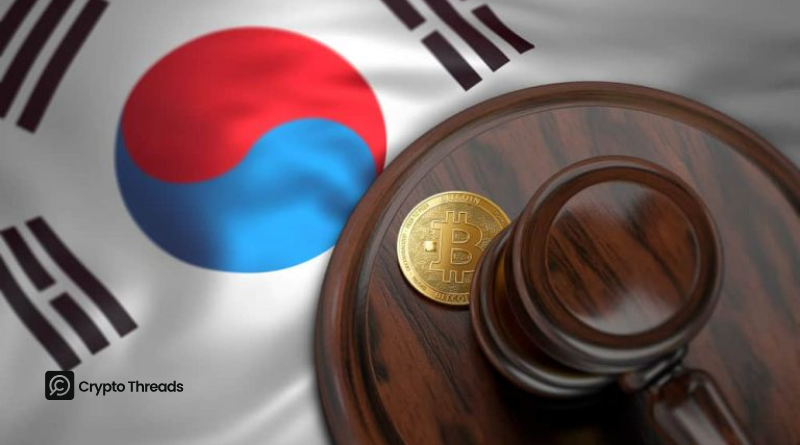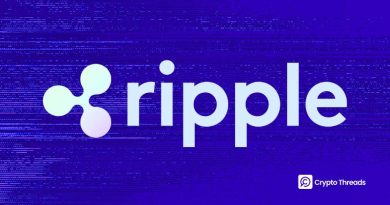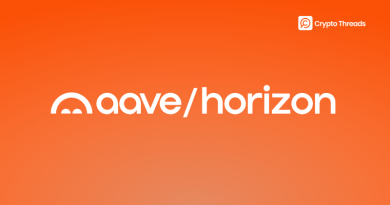South Korea’s Stablecoin Dream Faces Onshore Roadblock
Korea’s push for a KRW stablecoin is hitting a wall, and it’s all because the won is stuck onshore, limiting its global utility. Even with fintech momentum, the rules could keep it from becoming more than a niche product.
- Korea paused its CBDC pilot, shifting focus to private-sector stablecoins.
- KRW stablecoin utility would be restricted by strict onshore currency rules.
- Domestic payments in Korea are already fast, free, and efficient — leaving little room for added value.
- Cross-border use, the biggest stablecoin advantage, is blocked by Korea’s currency policy.
- Taiwan faces similar constraints with its NTD, while Hong Kong could have a freer path.
South Korea has put its central bank digital currency pilot on hold, choosing instead to explore private-sector stablecoins. Big players are already moving: KakaoBank is eyeing both issuance and custody roles, while Upbit and Naver Pay are teaming up on a payments token that could narrow the “kimchi premium” gap between domestic and global crypto prices.
This comes as Korea works to modernize its markets — extending FX trading hours, attracting more foreign participation, and aiming for inclusion in global indices. A regulated KRW stablecoin could support these goals by enabling faster settlement and tighter banking–crypto integration.
But there’s a catch: since the Asian Financial Crisis, Korea has kept the won onshore. Foreign institutions can’t trade it freely overseas, and every FX transaction must be routed through domestic intermediaries under the central bank’s supervision. This policy safeguards against volatility and speculative flows, but it also means any KRW stablecoin could only be used by whitelisted, KYC-verified users with ties to Korea.
That restriction undercuts one of a stablecoin’s biggest advantages: cross-border settlement. Inside Korea, domestic transfers are already instantaneous, free, and available 24/7, so a KRW stablecoin offers no speed or cost advantage for local payments.
Taiwan’s NTD faces similar issues. Even though it’s freely convertible, it can’t be used offshore. Under Taiwan’s stablecoin framework, any NTD token must be locally issued, fully backed with onshore reserves, and under central bank oversight, limiting it to domestic use.
In contrast, a Hong Kong Dollar stablecoin could enjoy far fewer restrictions thanks to its USD peg and unrestricted offshore use.
Final Thought
Korea and Taiwan may eventually see stablecoins tied to their local currencies, but under current rules, they’ll be domestic tools — not global game-changers. The real question is whether demand for non-USD stablecoins will grow enough to push policymakers toward more open currency policies.



